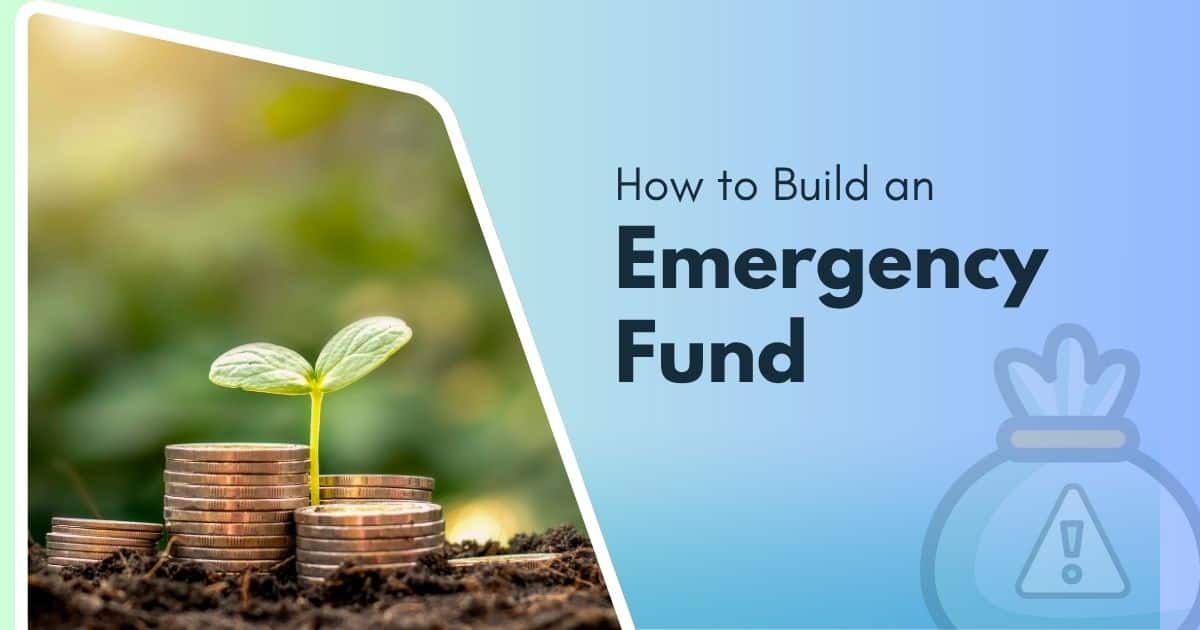One of the smartest steps you can take for your financial future is to build an emergency fund. Whether you’re just starting your personal finance journey or trying to get back on track, a safety net can save you from going into debt during tough times.
In this post, you’ll learn how to build an emergency fund in 2025, how much you need, where to keep it, and how to start—even with a tight budget.
🧠 What Is an Emergency Fund?
An emergency fund is a separate stash of money meant only for unexpected expenses—think medical bills, car repairs, job loss, or emergency travel. It helps you stay financially stable without relying on credit cards or loans.
According to NerdWallet, most financial experts recommend saving at least 3 to 6 months’ worth of essential expenses.
💵 How Much Should You Save?
Start small and grow steadily. Here’s a simple breakdown:
- Beginner Goal: $500–$1,000 for minor emergencies
- Stable Goal: 3 months of living expenses
- Ideal Goal: 6 months or more for full protection
If your monthly expenses are $2,000, aim for $6,000–$12,000 in your emergency fund.
🏦 Where Should You Keep Your Emergency Fund?
Your emergency fund should be:
✅ Safe
✅ Accessible
✅ Separate from your main account
The best option is a high-yield savings account. It earns some interest and keeps your money liquid. See this list of the best high-yield savings accounts in 2025.
🪙 How to Build an Emergency Fund – Step by Step
1. Set a Realistic Target
Start with a $1,000 goal, then aim for 3–6 months of expenses.
2. Automate Your Savings
Set up a monthly transfer to your emergency fund—even $50/month adds up.
3. Cut Back on Non-Essentials
Skip a few coffees or subscriptions and redirect that money.
4. Use Windfalls Wisely
Tax refunds, bonuses, or cashback rewards? Add them to your emergency savings.
5. Track Your Progress
Use a budgeting app or spreadsheet to stay motivated.
🔁 Refill When You Use It
Emergency funds are meant to be used—but always refill after a withdrawal so you’re prepared for the next challenge.
📈 Why You Should Start in 2025
With inflation, job market shifts, and rising costs, 2025 is the perfect time to build financial resilience. Even a few hundred dollars saved today could prevent thousands in debt tomorrow.
🔗 Related: How to Start Investing With $100 in 2025
✅ Final Thoughts
To build an emergency fund, start where you are and stay consistent. Protecting your future doesn’t require a big income—just smart habits and discipline.
👉 Ready to save smarter in 2025? Start your emergency fund today and take control of your financial future.

